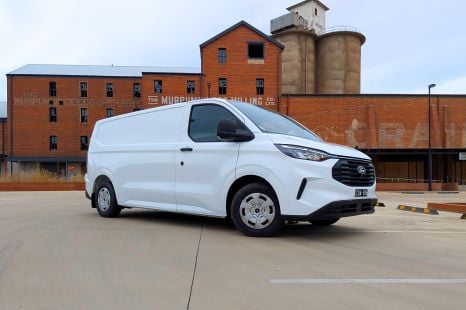

William Stopford
4 Days Ago
General Motors is going head-to-head with Tesla on Earth, while Elon Musk’s SpaceX spacecraft could soon have GM vehicles in its cargo hold.

News Editor
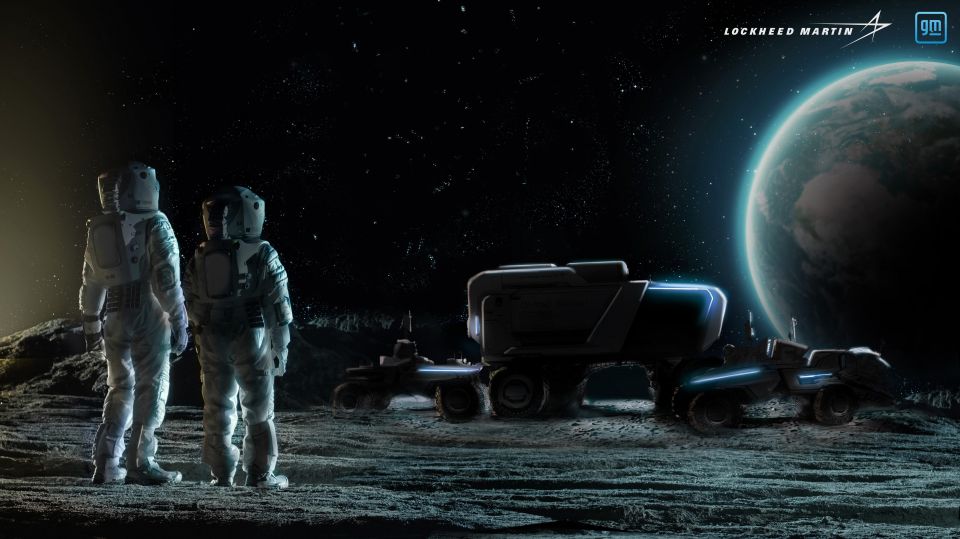

News Editor
Detroit, we have liftoff!
Aerospace giant Lockheed Martin and General Motors are teaming up to develop the next generation of lunar vehicles, which will be battery-powered and feature autonomous capabilities.
NASA has yet to give the two companies a contract for the next Lunar Terrain Vehicle (LTV), but that hasn’t stopped GM and Lockheed Martin from rising to the challenge.
Elon Musk’s SpaceX has been contracted to build the next lunar lander, which could be used for an Artemis mission as soon as 2024.
US President Joe Biden’s administration has supported NASA’s Artemis program, which aims to put men (and, finally, women) on the moon for the first time since the Apollo 17 mission of 1972.
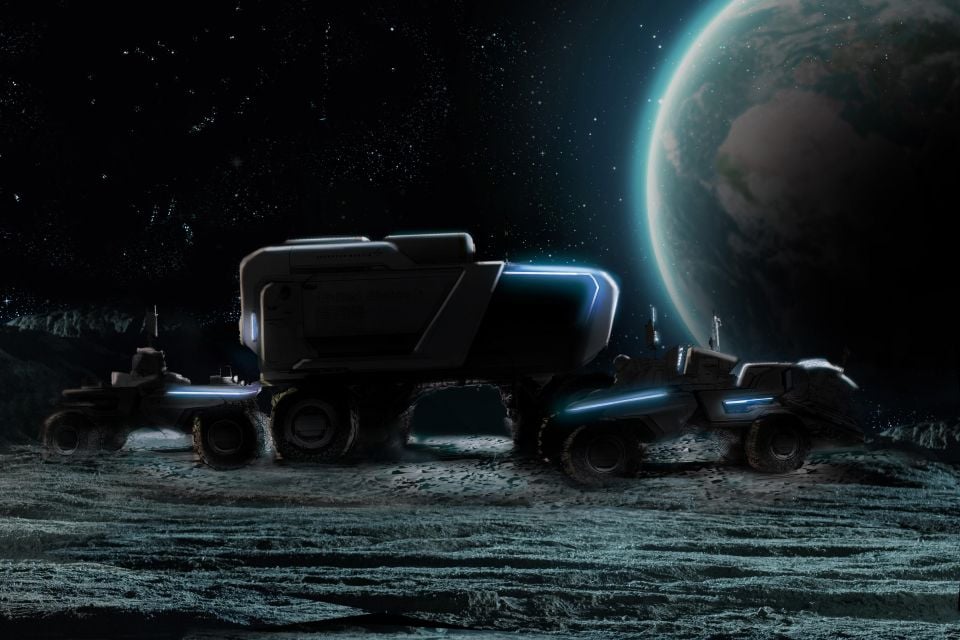
The LTV will be the first of many types of surface vehicles required for the Artemis program.
It will be an unpressurised and therefore open-top vehicle.
NASA has challenged industry to develop a LTV that can “operate robotically anywhere on the lunar surface and explore more of our nearest neighbour than ever before”.
“We are turning to industry to offer us exciting approaches to leverage existing systems here on Earth – including law enforcement, military, or recreational vehicles – that could be modified for use in space to enhance our mobility architecture,” said Steve Clarke, deputy associate administrator for exploration at NASA’s Science Mission Directorate.
Apollo rovers could only travel 7.6km from the landing site, but NASA is hoping almost half a century of technological progress will be able to extend that distance considerably.
The aim is to have an LTV that can be used for excursions at the Moon’s rugged, cold and dark south pole.
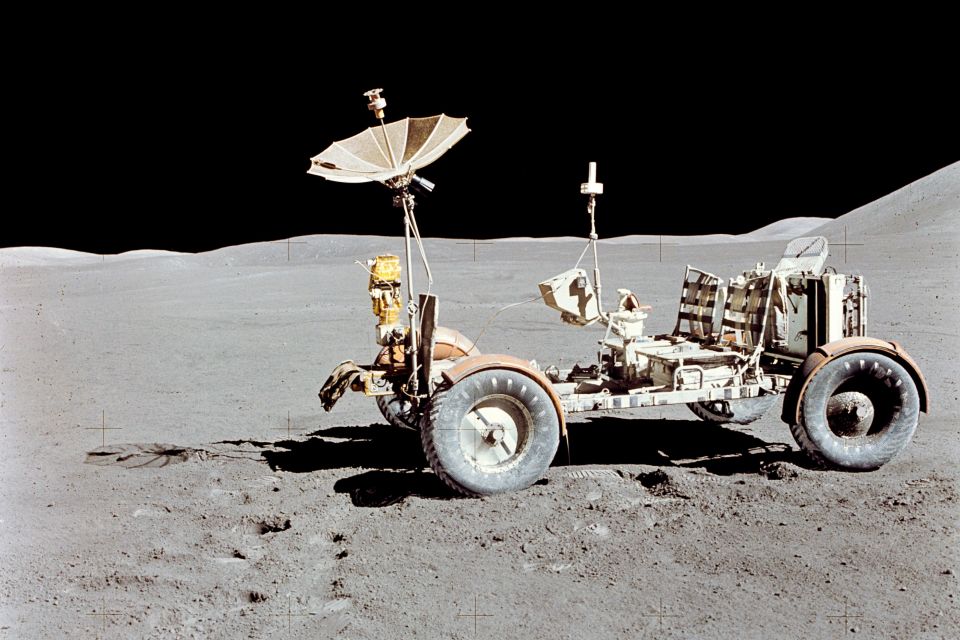
NASA and General Motors have worked together before, with GM having developed the inertial guidance and navigation systems for the entire Apollo Moon program.
The company also developed the electric Apollo Lunar Roving Vehicle (LRV), used on Apollo’s 15 to 17 missions.
Likewise, Lockheed Martin has a 50-year working history with NASA, building spacecraft and systems that have gone to every planet and been on every NASA mission to Mars.
William Stopford is an automotive journalist based in Brisbane, Australia. William is a Business/Journalism graduate from the Queensland University of Technology who loves to travel, briefly lived in the US, and has a particular interest in the American car industry.


William Stopford
4 Days Ago
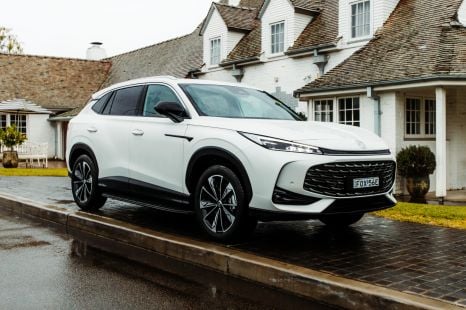

James Wong
2 Days Ago
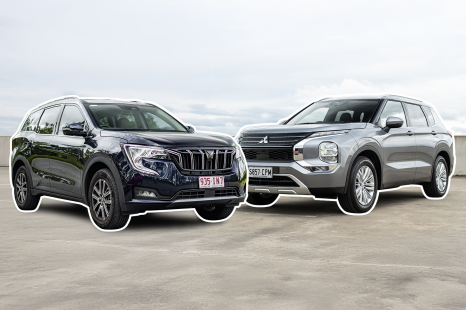

Andrew Maclean
2 Days Ago


Max Davies
2 Days Ago


Max Davies
1 Day Ago


Josh Nevett
21 Hours Ago